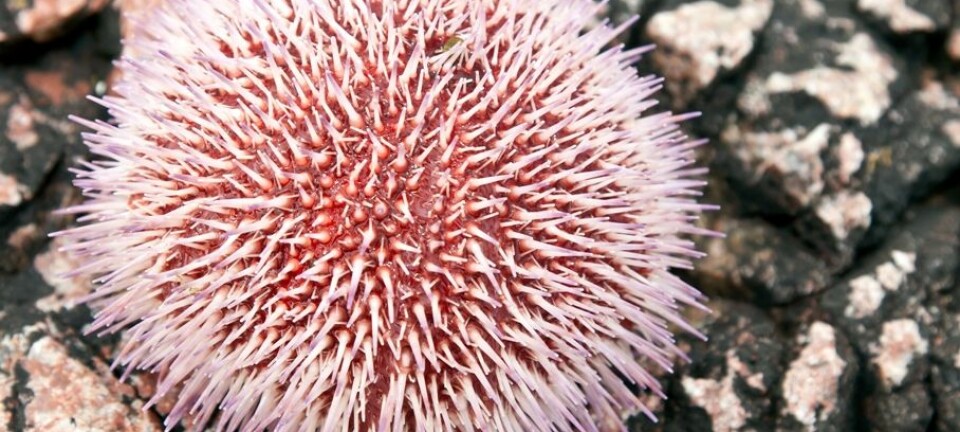
Oysters are more complex than we think
Scientists have finally mapped the genome of oysters. This has given us new knowledge about life on the sea bottom and provides insight into the creation of pearls.
The oyster is one of the world’s most important molluscs in terms breeding for food. The annual production at oyster farms of this delicacy – loved by some consumers, hated by others – is several million tons.
Despite the large numbers of oysters in the seas around the world, scientists have not been able to form a complete picture of the oyster’s genes, as sequencing its genome with normal molecular sequencing techniques has been difficult.
Now, however, an international team of researchers with Danish participation has managed to map the genome of Pacific oysters using an alternative sequencing method.
Oysters are surprisingly complex
The newly sequenced oyster genome gives the scientists completely new insight into how this delicacy and producer of pearls survives a hard life in the often harsh environment at the bottom of the sea.
Their shells alone are the result of 259 different shell proteins – a complexity that none of the models for the development of oyster shells has approached. We have also been able to identify the broad palette of genes linked to the oyster’s ability to deal with the often very stressful environment they live in.
“Thanks to the sequenced genome we can see how complex oysters actually are,” says Jun Wang, a professor at the University of Copenhagen’s Department of Biology, one of the many researchers who took part in the work of sequencing the oyster genome.
“Their shells alone are the result of 259 different shell proteins – a complexity that none of the models for the development of oyster shells has approached. We have also been able to identify the broad palette of genes linked to the oyster’s ability to deal with the often very stressful environment they live in.”
The study has been published in the scientific journal Nature.
Development of pearls gives insight into evolution
One of the most remarkable properties of oysters is their ability to produce pearls.
These small, precious balls are the result of shell formation around something as small as a grain of sand inside the oyster shell.
The same genes and proteins involved in forming the protective oyster shell are also involved in developing the pearls.
Wang believes that the researchers’ work in fully sequencing the oyster genome will give the pearl industry a helping hand.
“By understanding how oysters use 259 different proteins to make their shells, we can also better understand how we can increase the pearl industry’s possibilities of improving the size and quality of pearls,” he says. “This is very valuable knowledge.”
He adds, “The study is also interesting from an evolutionary point of view. It can tell us something about the evolutionary importance of the shell for all mussel species.”
Oysters are fantastic survivors
The new study also gives scientists fresh insight into how oysters manage to live in an environment that constantly threatens their very existence.
Animals living at the sea bottom must constantly adapt to a very changeable set of rules – especially when they, like oysters, cannot move when the conditions they live under become less advantageous.
Oysters have therefore developed a wide variety of genes and proteins to help them deal not only with changes of temperature and differences in the salinity of the water, but also with their exposure to oxygen and heavy metals. These are factors that can kill most animals – but not oysters.
In addition to these factors, oysters eat by filtering water, which means they are constantly exposed to various harmful bacteria.
“Oysters have obviously developed a large number of genetic defences to enable them to survive in their preferred environment,” says Wang.
“We have identified these defences, and we are in process of studying them further to understand better how we can optimise the conditions for oysters that are bred on oyster farms.”
------------------------------
Read the Danish version of this article at videnskab.dk
Translated by: Michael de Laine







